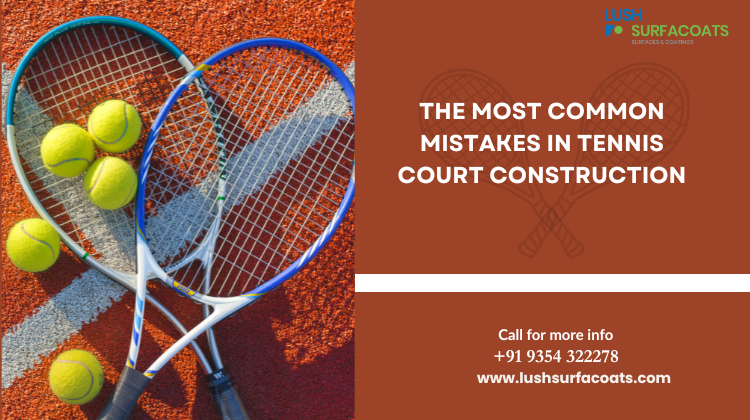
Choosing the Best Surface Material for Your Running Track Flooring
- 2024-06-21
- Posted by: Admin
When it comes to constructing an athletic track, whether for running or skating, selecting the right surface material is paramount. The performance, safety, and longevity of the track significantly depend on the quality and type of material used. In this article, we will delve into the various options available for running track flooring and skating track flooring, helping you make an informed decision for your sports facility.
Understanding the Importance of Quality Track Flooring
Running track flooring is not just a flat surface for athletes to perform on; it plays a crucial role in enhancing performance and ensuring the safety of the users. Similarly, skating track flooring needs to provide a smooth, durable, and slip-resistant surface to accommodate the dynamic movements of skaters. A well-chosen track surface can prevent injuries, improve speed and agility, and reduce maintenance costs in the long run.
Popular Materials for Running Track Flooring
Polyurethane (PU) Tracks:
Polyurethane is a popular choice for many modern running tracks due to its durability and elasticity. This material provides a seamless, weather-resistant surface that is ideal for both indoor and outdoor tracks. PU tracks offer excellent shock absorption, reducing the impact on athletes' joints and muscles, which is essential for long-distance runners and frequent users.
Rubber Tracks:
Rubber is another common material used in running track flooring. These tracks are typically made from recycled rubber, making them an eco-friendly option. Rubber tracks are known for their excellent grip and cushioning properties, which help prevent injuries. They are also relatively low maintenance and have a long lifespan.
Synthetic Tracks:
Synthetic materials, such as EPDM (ethylene propylene diene monomer) and SBR (styrene-butadiene rubber), are widely used in track construction. These materials offer a good balance of performance and durability. They provide a stable, all-weather surface that can withstand heavy usage and various climatic conditions.
Considerations for Skating Track Flooring
Skating track flooring requires specific characteristics to ensure safety and performance for skaters. Here are some of the top materials used:
Concrete:
Concrete is a traditional material used for skating tracks. It offers a hard and smooth surface that is ideal for speed skating. However, it can be quite harsh on skaters in the event of a fall, and its maintenance can be demanding as it tends to crack over time.
Asphalt:
Asphalt provides a slightly softer surface compared to concrete and is often used for outdoor skating tracks. It offers good grip and is relatively easier to maintain. Asphalt tracks are suitable for both recreational and competitive skating, though they can become slippery when wet.
Synthetic Resin:
Synthetic resin flooring, such as polyurethane or acrylic, is increasingly popular for skating tracks. These materials provide a smooth, seamless surface with excellent slip resistance and shock absorption. They are also UV-resistant and weather-proof, making them ideal for both indoor and outdoor use.
Factors to Consider When Choosing Track Flooring
Usage Frequency:
The expected frequency of use can influence the choice of material. High-traffic tracks, like those in schools or public parks, require more durable materials like polyurethane or synthetic resin.
Climate and Weather Conditions:
Outdoor tracks must endure various weather conditions. Materials like synthetic resin or rubber are ideal for all-weather tracks, whereas asphalt may require more maintenance in extreme climates.
Budget:
The cost of materials and installation is a significant factor. While materials like concrete might be cheaper initially, their long-term maintenance costs can be higher compared to synthetic options.
Safety Features:
Safety should always be a priority. Materials with good shock absorption and slip resistance, like polyurethane or rubber, can help prevent injuries.
Conclusion
Selecting the best surface material for your running track flooring or skating track flooring involves balancing performance, safety, durability, and cost. Polyurethane and synthetic resins are excellent choices for both types of tracks due to their superior properties. However, considering specific needs and conditions of your facility will ensure the best choice for a high-performing and safe athletic environment. For expert advice and professional installation, visit Lush Surfa Coats to explore top-quality track flooring solutions tailored to your needs.




.jpg)
.jpg)
Comments 4